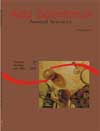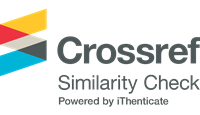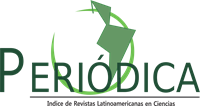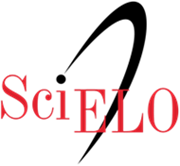<strong>Effect of addition of a bacteria isolated from sugarcane silage on the quality of the silage</strong> - DOI: 10.4025/actascianimsci.v30i3.1564
Abstract
Evaluating the effect of an inoculant containing a strain isolated from sugarcane silage on the chemical and microbiological characteristics of the silage of this forage was aimed. The treatments were silage without an inoculant and the strain identified as being of the species Lactobacillus buchneri. The forage was compacted in PVC silos. For the evaluation of the fermentation profile of the silages, the silos were opened with 0, 10, 32 and 70 days of fermentation and samples removed for determination of the content of dry matter (DM), crude protein (CP), neutral detergent fiber (NDF), acid detergent fiber (ADF) and hemicellulose and for evaluation of the population of lactic acid bacteria (LAB) and of yeasts for determination of pH. A reduction of DM contents from 33.02 to 25.99% and increased contents of NDF and ADF from 48.78 to 60.14% and from 28.42 to 38.61% respectively with the fermentation were observed. The LAB population was higher for the inoculated silage and the average population of yeasts and the pH values were lower. The inoculated population (4 log.cfu/g of forage) was insufficient to cause improvements or avoid losses during fermentation; nevertheless it is advisable, for it inhibited the growth of yeasts.Downloads
Download data is not yet available.
Published
2008-11-06
How to Cite
Ávila, C. L. S., Pinto, J. C., Sugawara, M. S., Silva, M. S., & Schwan, R. F. (2008). <strong>Effect of addition of a bacteria isolated from sugarcane silage on the quality of the silage</strong> - DOI: 10.4025/actascianimsci.v30i3.1564. Acta Scientiarum. Animal Sciences, 30(3), 255-261. https://doi.org/10.4025/actascianimsci.v30i3.1564
Issue
Section
Pasture and forage utilization
DECLARATION OF ORIGINALITY AND COPYRIGHTS
- I Declare that current article is original and has not been submitted for publication, in part or in whole, to any other national or international journal.
The copyrights belong exclusively to the authors. Published content is licensed under Creative Commons Attribution 4.0 (CC BY 4.0) guidelines, which allows sharing (copy and distribution of the material in any medium or format) and adaptation (remix, transform, and build upon the material) for any purpose, even commercially, under the terms of attribution.
Read this link for further information on how to use CC BY 4.0 properly.
0.9
2019CiteScore
29th percentile
Powered by 








































